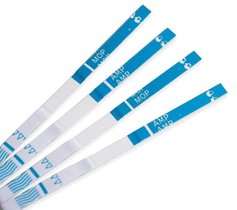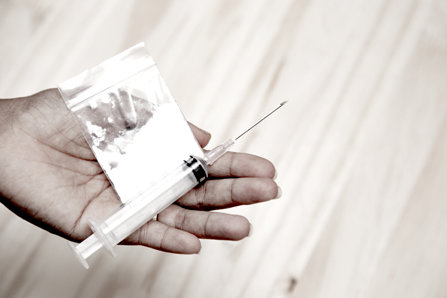Fentanyl Strips – What They Are and Why States are Considering Using Them

There are few at this point who are not cognizant of the truly terrible opioid epidemic that our nation is currently stuck in. This has been an all-encompassing, encroaching, and a pretty vivid problem that has affected all fifty states. Millions of Americans have fallen prey to opioid addiction, tens of millions of families have been adversely affected by these issues, and hundreds of thousands of Americans have lost their lives from opioid addiction.
Opioids are easily the most devastating of drug substances if we were to compare them alongside each other. In fact, the most recent opioid craze that claimed more than thirty-thousand lives in 2016 has been the result of something called “synthetic opioids.” Synthetic opioids are essentially opioids that have been combined with other opioids to make the hybrid drug even more potent. Synthetic opioids are often prescription pain relievers combined with heroin or heroin combined with fentanyl.
Why Synthetic Opioids are More Dangerous
Synthetic opioid drugs are several times stronger than just straight heroin is, or straight painkillers are. Fentanyl is an extremely powerful sedative and a pain-numbing agent used in major surgeries and operations. Ever since fentanyl became allowed for sale on an outpatient basis, the drug has caused just about endless devastation. Addicts across the country take fentanyl because they think it will be just like any other opioid high, but then they overdose and often die from it because they do not know that fentanyl is ten times stronger than heroin is and fifty times stronger than most morphine-based painkillers are.
So what do addicts do then? They stop taking fentanyl.
But only if it was that simple. What happened next is that drug dealers started slicing small traces of fentanyl into powdered forms of opioid painkillers or heroin, labeling them “Synthetic Opioids” and offering their buyers a “Better, stronger, faster high.” Addicts, being addicts, took them willingly and experienced the consequences, many of them dying as a result.
California’s “Harm Reduction Plan”
In an effort to “cure” all of this, the State of California has come up with a harm reduction plan of their own, all in the effort to save lives. Before we get into that, let’s define the term, “Harm Reduction.”
Harm reduction is, by its very nature, any intention or effort to reduce the harm that something creates without actually reducing that thing itself. The concept behind harm reduction in the drug addiction sphere is:

“Drug addicts and alcoholics are going to use drugs and alcohol regardless, so how can we make this process as safe for them as possible?”
“Drug addicts and alcoholics are going to use drugs and alcohol regardless, so how can we make this process as safe for them as possible?”

The State of California has instituted harm reduction by way of helping addicts to test their opioid drugs to see if the drugs have any high-strength fentanyl in them. Yes, that’s right, there are now facilities across California where addicts can go and take their drugs with them. At the facility, specialists will either hand out fentanyl test strips or will test the drugs on site, verifying for the addict if the drugs are “safe” to take or not.
Is it the Right Move?
According to lead researcher Susan Sherman:
“The point is that it allows people to make choices, to have a little more information. It’s not a small thing that people who are drug users feel a sense of autonomy and it gives them a choice.”
Maybe. That’s certainly one viewpoint. But as one can imagine, the whole concept is more than a little bit controversial. For one thing, just because a scientist or specialist tells an addict, “This gram of opioid powder has a lot of fentanyl in it. If you take it, you will die,” does not mean that the addict will actually refrain from taking the drug. Addicts are not ones to just throw drugs down the drain just because they are told those drugs are “too strong.”
The entire concept is pretty flawed because it enables addicts to keep taking drugs. California’s resources would be better spent finding out new ways to get addicts off of drugs.
Sources:


 ®
®